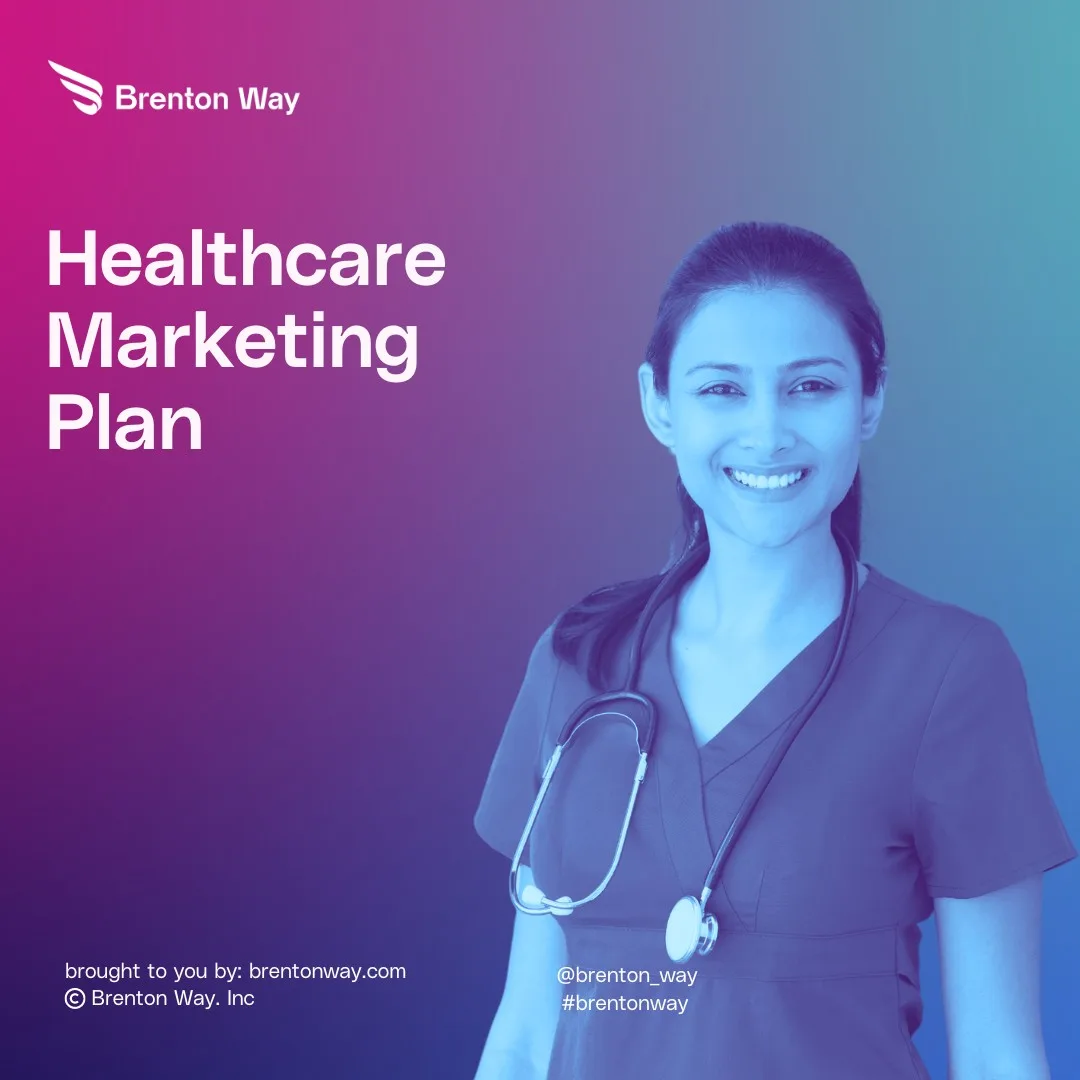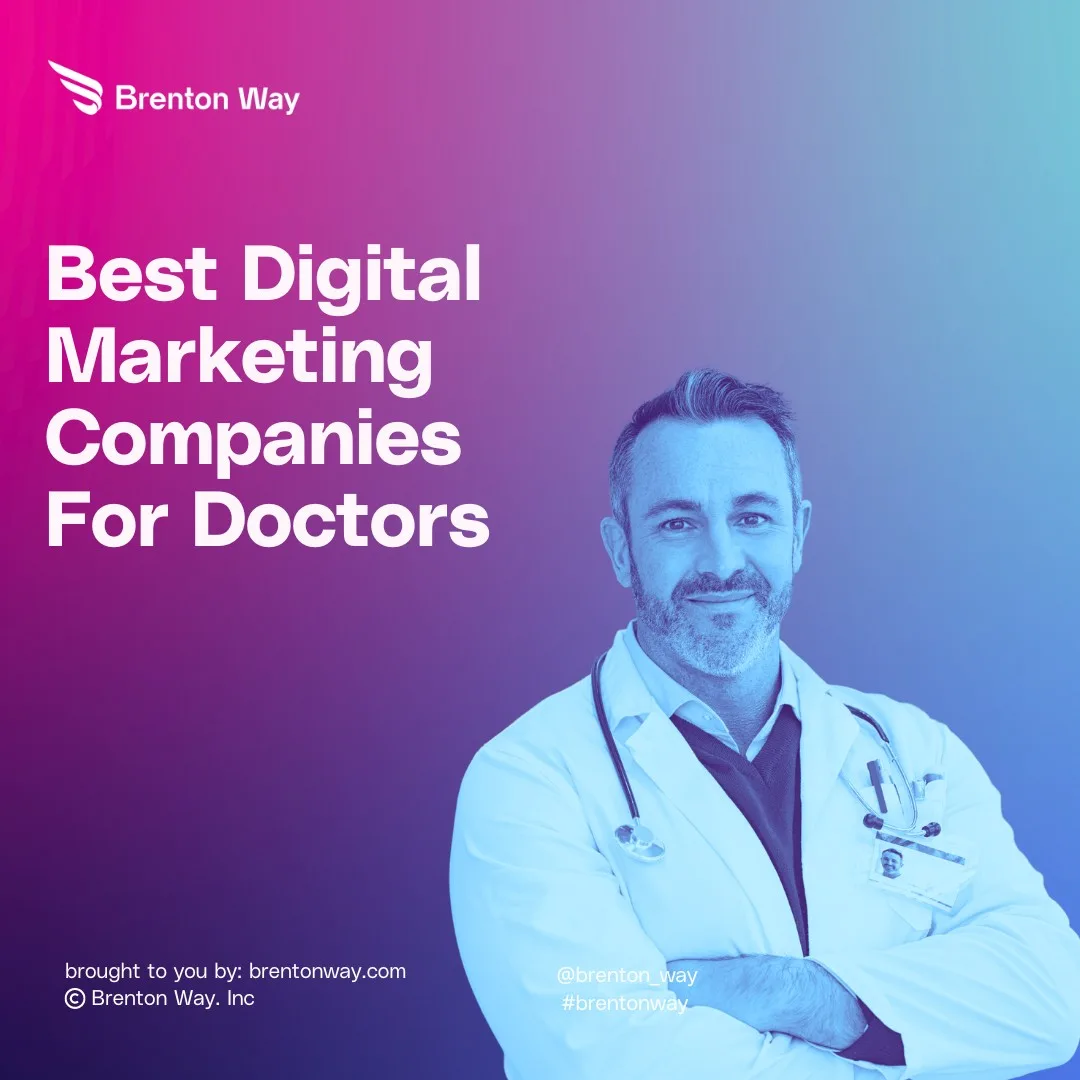
Healthcare digital marketing is one of the best ways to expand the reach of your medical business. By implementing effective healthcare digital marketing strategies, including social media marketing strategies, your hospital or clinic can improve its online visibility, making it easier for potential patients to find it when searching for medical services online. The increased […]
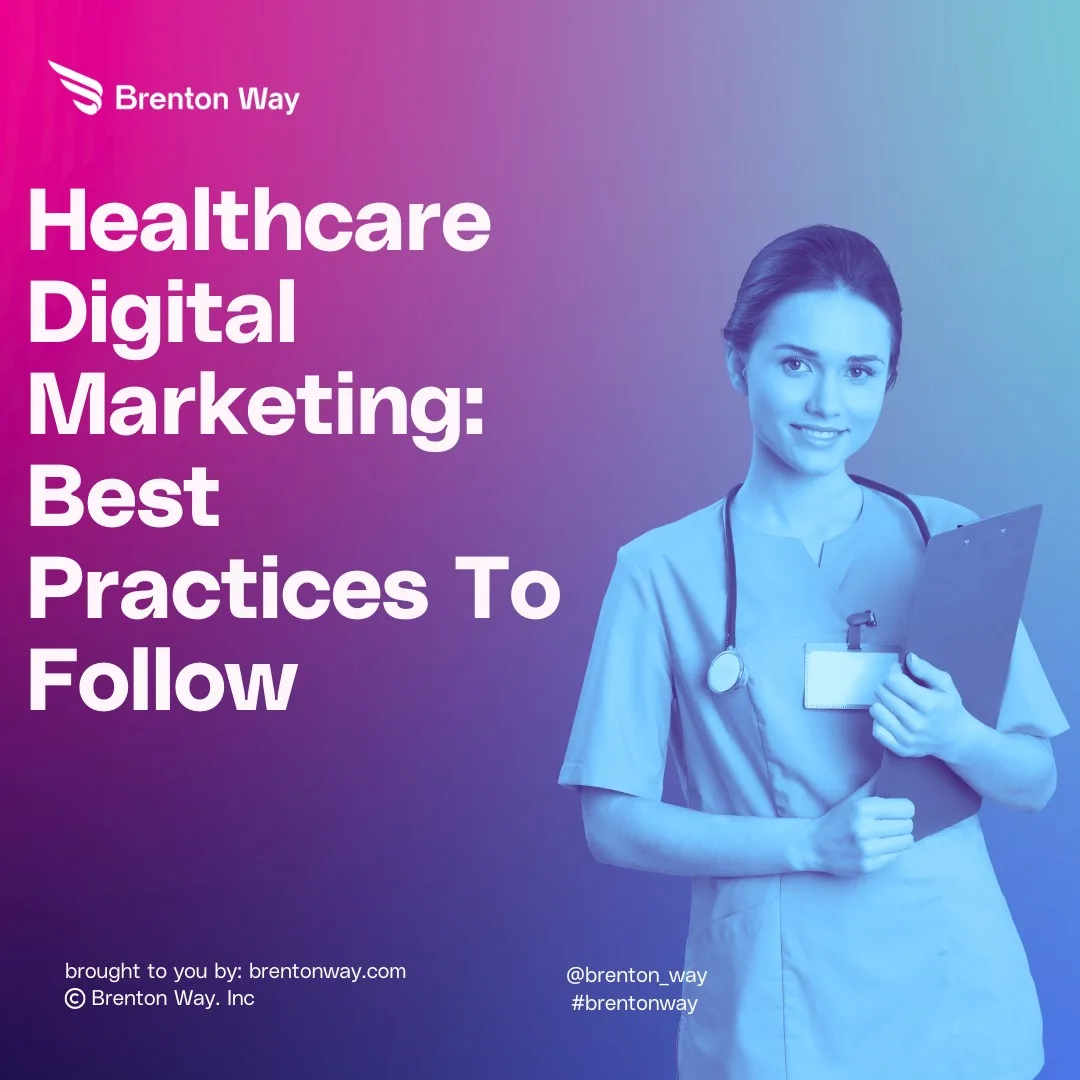
Healthcare digital marketing is one of the best ways to expand the reach of your medical business.
By implementing effective healthcare digital marketing strategies, including social media marketing strategies, your hospital or clinic can improve its online visibility, making it easier for potential patients to find it when searching for medical services online. The increased visibility can lead to higher website traffic and more appointment bookings.
This healthcare digital marketing guide presents the best medical online marketing practices to optimize websites leveraging SEO, PPC, content marketing and social media promotion.
These practices will help healthcare professionals navigate the digital landscape and drive success in an increasingly competitive healthcare industry.
Let’s begin!
To maximize the effectiveness of healthcare digital marketing efforts, it is important to follow best practices that align with industry trends and consumer behavior.
Here are the best medical digital marketing tactics that provide a roadmap for creating impactful digital marketing campaigns in the healthcare industry.
A strong healthcare branding strategy establishes trust, differentiates your medical business, and fosters patient loyalty.
Here are key elements which make your healthcare brand recognizable in the medical niche:
For example, La Sante health center maintains a great website that has relevant doctor information and a broad CTA to allow people to contact the clinic easily. They have a catchy logo that shows care and compassion.
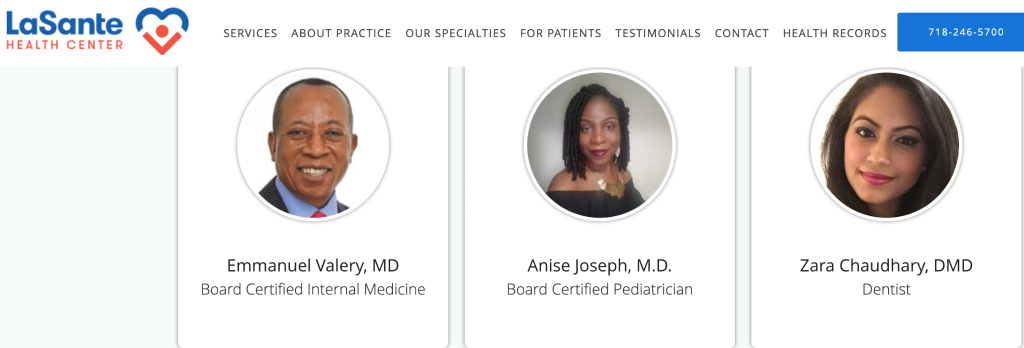
Whenever, they create marketing materials to use on their social channels, they use their logo effectively to help people recall their brand.

Simply creating a website is not enough. It is important to continuously evaluate its metrics and key elements to ensure higher traffic, engagements, and conversions. This helps in improving your website for a better patient experience and search engine rankings.
One of the essential elements of optimizing your website is running a detailed competitor analysis.
Use a tool like SEMrush or Ahrefs to get a clear overview to determine how your top competitor websites are performing in terms of keyword ranking, SERP position, website layout, mobile-friendliness, traffic, backlinking and page speed.
For example, with the help of SEMrush, I can determine the top competitors of Mayoclinic.org and the keywords they are ranking for.
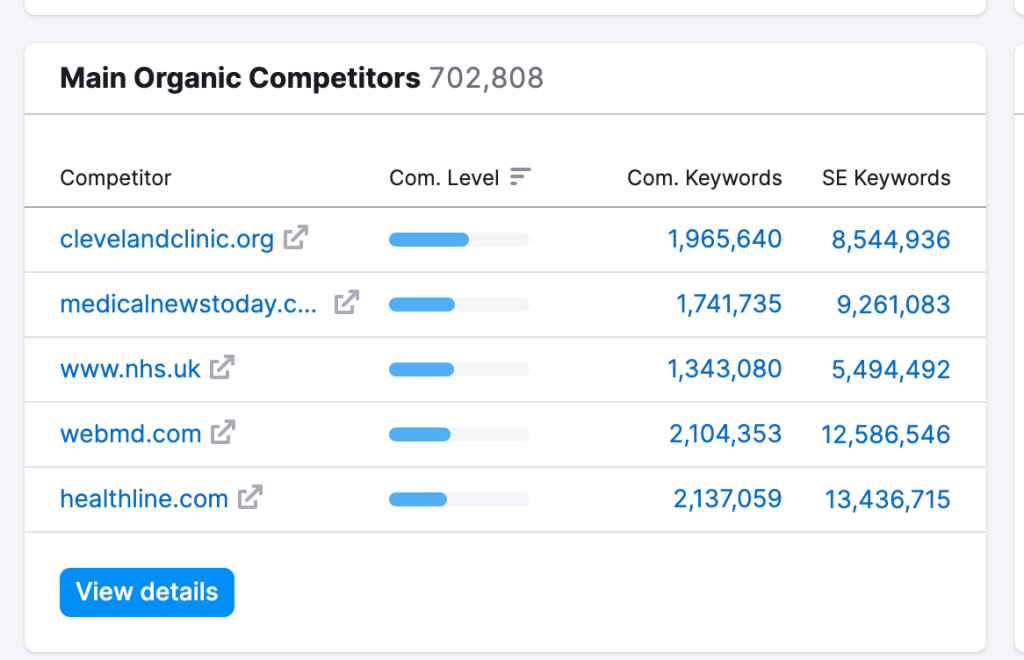
Analyze them carefully and see what are their strengths and weaknesses. This will help you create a custom SEO strategy for your healthcare business.
Here are some medical SEO tips to improve your healthcare marketing efforts:
Patients’ comfort, health, and care should be your top priority as a healthcare facility. They should not face any difficulty in reaching out to you for any reason be it health consultation, appointment bookings, or grievance registrations.
Hence, it is important to offer them a smooth start-to-finish experience. Offer them omnichannel customer support so their problems and queries are solved on whichever platform they are present and medical assistance is provided to them at the earliest.
You should also include chatbots in your system to improve communications. Make sure that the AI is instilled with sympathetic and polite words to give a sense of care to the patients and their well-wishers.
Take your appointment bookings facility online with a mobile-friendly website interface. Additionally, you should implement a healthcare system where patients can easily access their past visits, medical history, discounts, and loyalty points.
A fast and engaging website is what keeps the consumers engaged with your brand. Focus on improving the speed of your website through optimized images, reduced redirects, browser cache, and responsive web hosting options.
Engage your website visitors with informative medical content to turn them into loyal patients. It also helps in strengthening your relationships with medical experts, patients, and healthcare bloggers.
Start a medical blog on your hospital website to help your site visitors get educated on various health-related issues addressing your patients’ queries and problems. Offer them solutions with an empathic and caring tone.
For example, Mayoclicnic maintains a healthcare library to assist people searching for diseases and their information online:
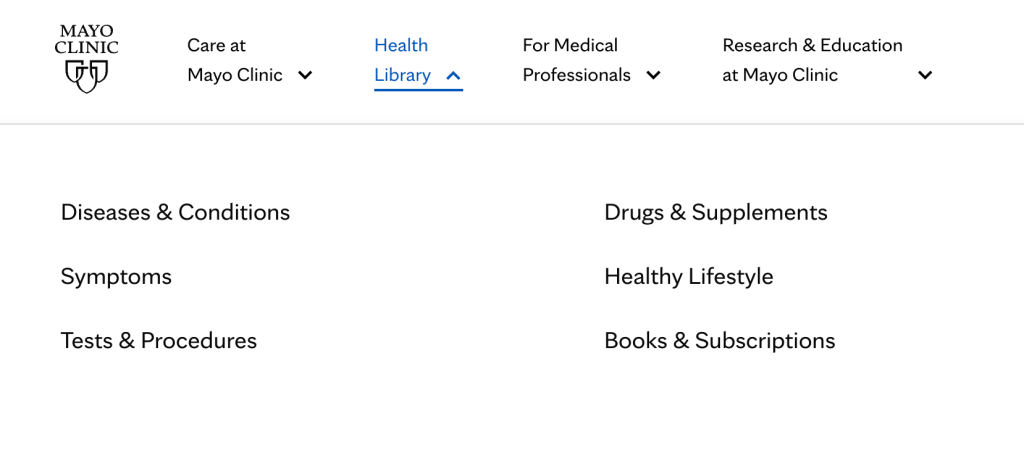
When I click on the diseases and conditions link, it takes me to another page that has a list of diseases sorted alphabetically:
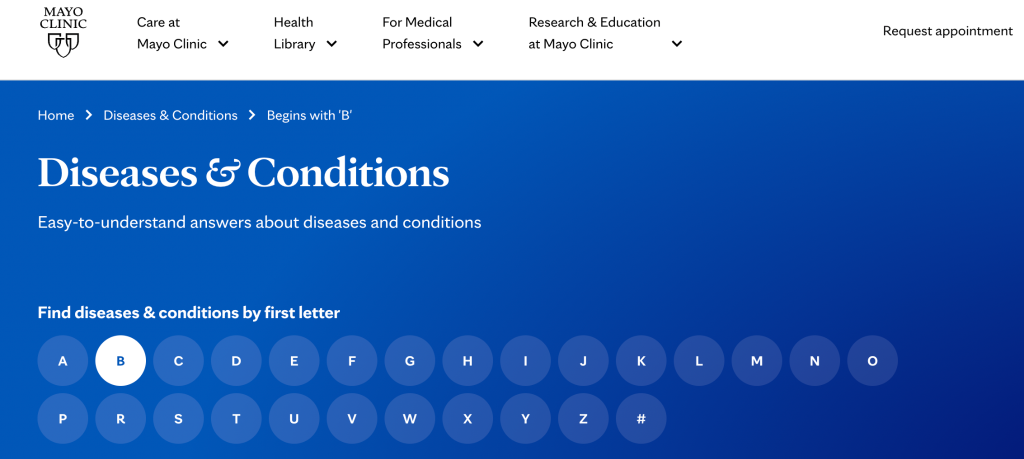
With such a vast library of content, Mayo Clinic has become one of the most-visited healthcare websites on the internet.
You can also create video tutorials explaining the usage of your healthcare products and services to help prospective patients understand your brand better.
Videos can also be created leveraging patient feedback as testimonials provide social proof to prove your hospital’s excellence.
Landing pages act as an entry point to your healthcare website and hence they should be appealing enough to compel patients to take action.
A lot of your patients enter your website through mobile devices. Hence, it is essential to create a mobile-friendly landing page that offers an effortless scrolling and navigation experience to the patients.
Give proper direction to the patients with a clear and enlarged CTA. Focus on each landing page one at a time. If the page is about scheduling appointments, build your page around it only.
A landing page is about educating your patients about your healthcare brand. Hence, it is essential to tell them when and where to find your medical facility. Clearly mention your hospital address, appointment timings, and opening hours on the landing page.
Here is an example of a landing page of a Dental Clinic, which has a neat and clean design. It contains a ‘request an appointment form’ with minimal fields and a couple of CTA links to help the visitor make an appointment with ease.
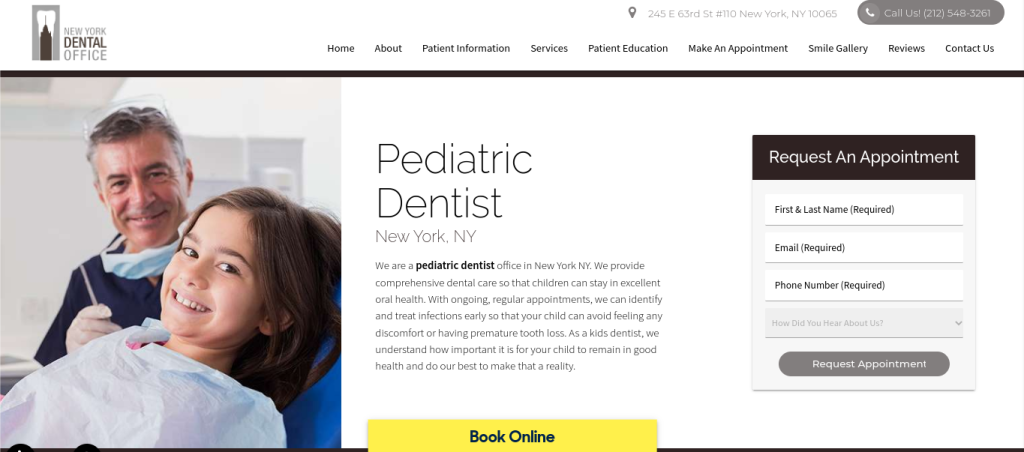
Adding a face to your healthcare brand builds trust among the patients. It also gives a boost to your social media posts when your brand is mentioned by an influencer.
Besides collaborating with notable influencers from the medical industry, you can also choose your existing patients as influencers who have a substantial following on social media. They can share their experience, illness, and treatment journey through videos, posts, and reels mentioning your healthcare center.
Other than directly promoting your healthcare brand, these patient influencers should help prospective patients overcome the fear of a treatment process and depict how your hospital helped in providing the best assistance to them.
Below is an example of a healthcare influencer, Sarah Warren who is a nurse and mental health advocate. In this post she collaborated with MedpageToday, a medical news site to advocate mental health well-being, sharing the difficulties she faced and how she overcame them during the pandemic.

Referral marketing is a kind of word-of-mouth marketing that leverages existing patients’ feedback and recommendations to acquire new ones. It saves your time and effort spent on generating new leads through promotional campaigns.
Since the source of referral is from actual patients, the trust of prospective patients tends to increase in your healthcare facility.
To acquire genuine referrals, you should know which platform is more likely to attract patients to your medical facility.
After every patient visits, send them personalized messages via phone or email to share their experience, treatment, challenges, and progress with your medical facility on the website, social handles, and Google listings.
This message should also include if the patients would like to refer your hospital to their family and friends. Keep the process of referral simple and automated.
Incentivize them for each referral in the form of loyalty points or discounts which can be redeemed at their next visit. Rewards can be in the form of healthcare freebies like gift cards for medical labs, healthcare kits, and self-care subscriptions.
PPC (Pay-Per-Click) advertising can be highly beneficial for healthcare marketing by driving targeted traffic to medical websites and increasing patient conversions.
Here are some ways PPC can help in healthcare marketing, along with examples of medical websites:
For example, when I search for ‘hair transplant in NYC’, there are a couple of hair transplant clinics that appear at the top of the SERP with the help of PPC.
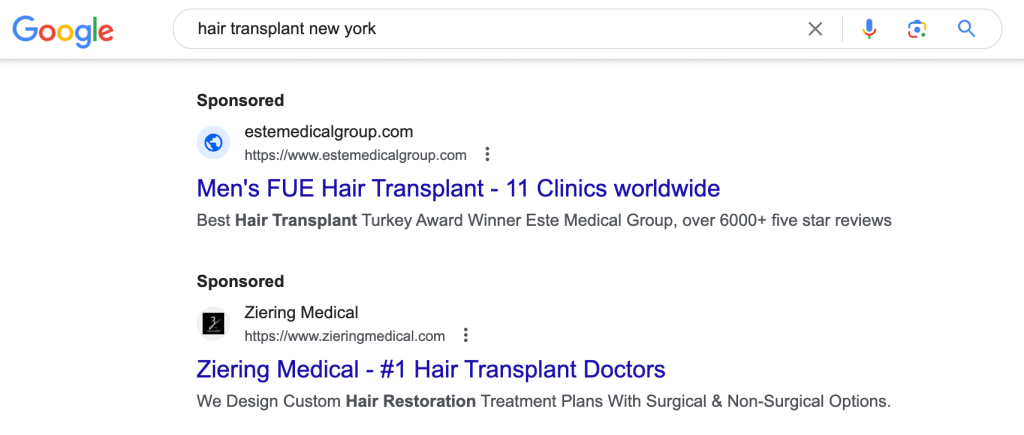
Similarly, you can target keywords that can bring in new patients to your clinic.
| We understand the unique challenges and opportunities that come with promoting healthcare services At Brenton Way, we specialize in delivering top-notch healthcare digital marketing solutions tailored specifically for medical businesses. Our strategies focus on building strong patient relationships, enhancing the patient experience, and fostering trust and loyalty. Request a consultation to take your healthcare business to new heights and make a lasting impact in the lives of patients. |
With a clear understanding of healthcare digital marketing, you are compelled to adopt various online practices to enhance your patient conversion rates and digital presence.
The healthcare advertising tactics listed in this article are tried and tested and have helped notable medical facilities mark a strong digital presence in the niche. Adopt and mold them in accordance with your healthcare facility’s goals to acquire more loyal patients.

